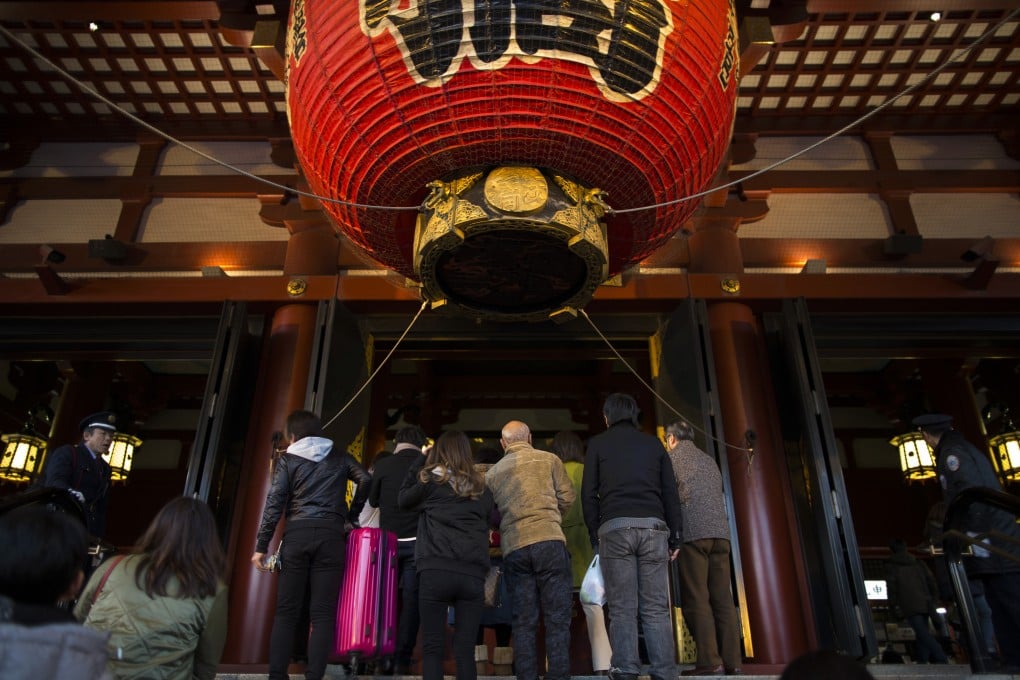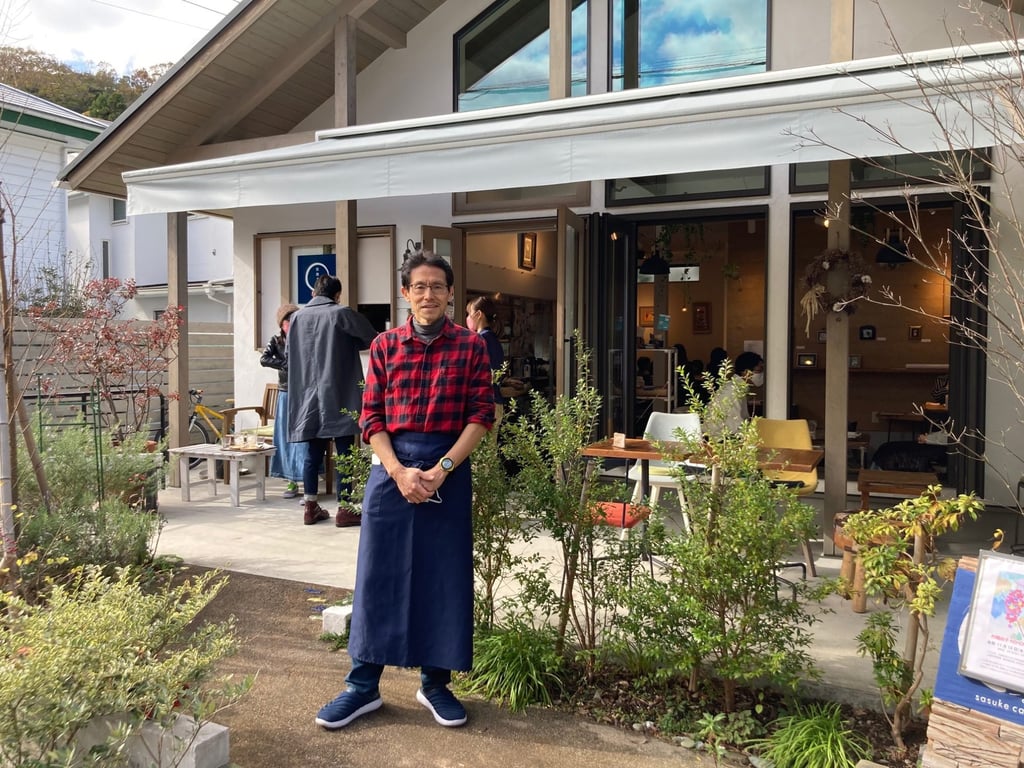Omicron shelves Japan’s reopening, but in post-Chinese tourism era, businesses are back in blossom
- Tokyo, Kyoto et al have been without mass tourism for two years. But after the initial post-Covid collapse, many businesses have found they can cope just fine
- As the new coronavirus variant delays reopening plans, a pressing question emerges: would the Japanese even really want foreign tourists back?

He thought the timing had been perfect to get out of the “rat race” and serve his matcha teas, exotic coffees, cakes and light lunches to the steady flow of tourists, but it came close to being a total disaster.
“It was very stressful at times,” he said, stepping out from the tiny kitchen. “We opened Sasuke Café in October 2019, and although we were busy for a short time with some Chinese and Russian tour groups, as well as Japanese tourists, by January it had completely stopped.”

Yet despite the doom and gloom and ongoing travel restrictions – the emergence of the new Omicron variant this week put an end to Japan’s tentative steps to reopen to business travellers – many tourism-facing businesses have found that, after the initial shock, they have learned to live with and adapt to their new normal. Shimakazi’s cafe for instance began a lunch delivery service for local residents. Then, as local restrictions began to ease those same people became loyal customers.
Now, nearly two years on, many businesses that were once reliant on the tourist dollar have found they can manage just fine without it. Last year the Government mobilised 52.6 million domestic tourists with its “Go To” promotions.
